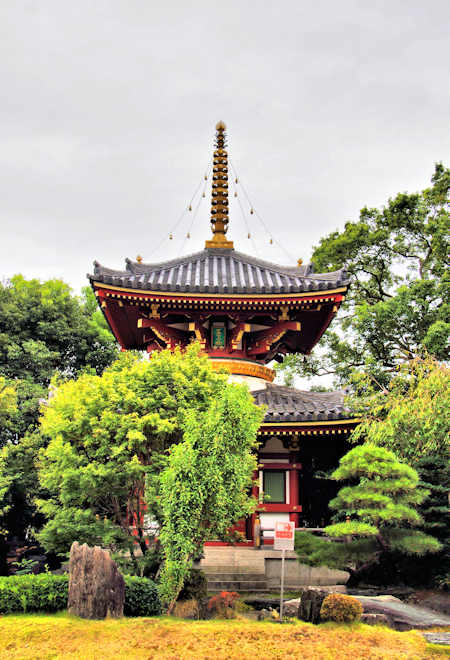Toyono Town in Kumamoto Prefecture uses an image of the ugusui, Japanese Bush-warbler.
Up in Matsue, Shimane soem of the smaller draincovers around the castle moat feature the swan, hakucho in Japanese.
Saijo City in Ehime on Shikoku features a pair of kingfishers, kawasemi in Japanese.
Susaki in Kochi Prefecture on Shikoku also featurtes a kingfisher.
Noichi, also in Kochi, no longer officially exists as it has been merged into a new municipality of Kamita. Among the daffodils flies a Hibari, skylark

























